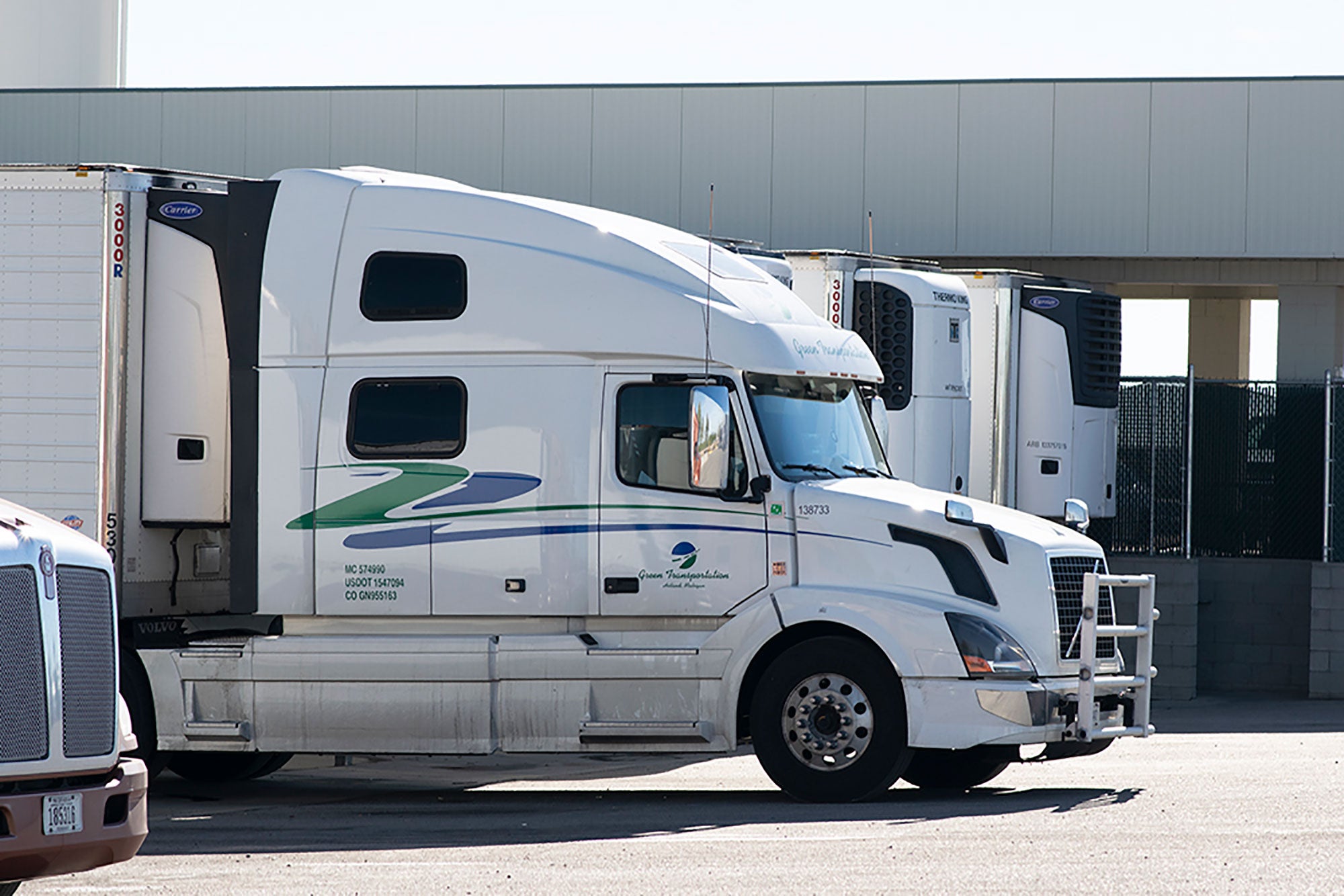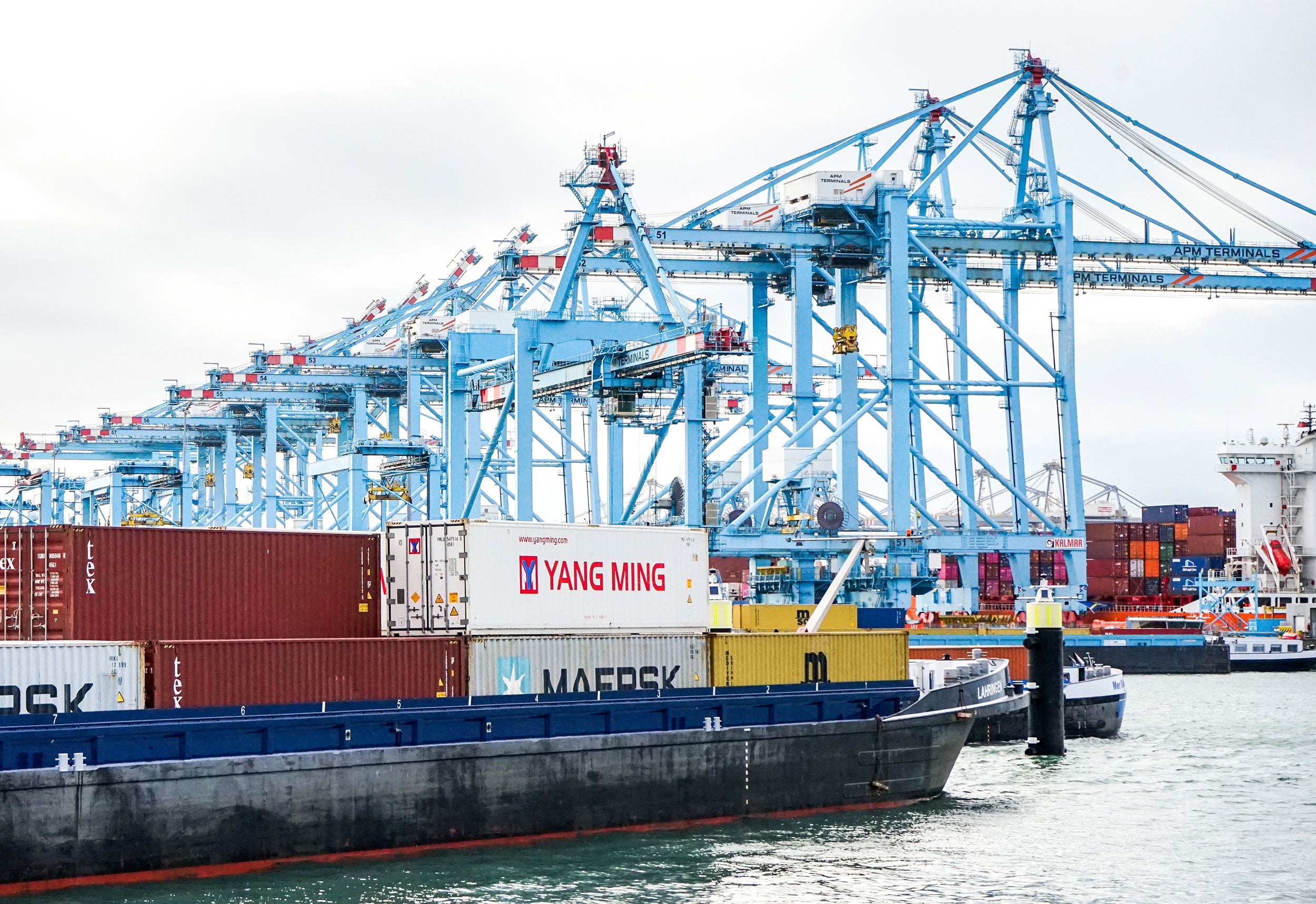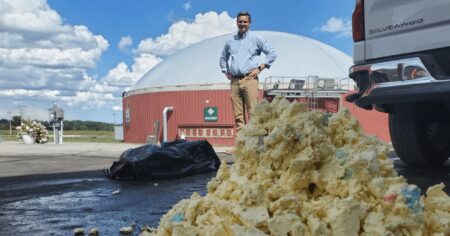It takes a lot of work and time to produce food on a farm, but the process after is also fascinating! Your food travels — and sometimes it’s a long way between the farm and the store, while other times it’s a lot closer than you might think.
Soon after harvest, all food goes through some sort of processing? The word “processed” gets a bad rap. It tends to have a negative connotation, but in reality, almost everything is processed in some way. For example, milk is pasteurized and homogenized and baby carrots are washed and cut to a smaller size. Processing can include all processes of cleaning, cooking, canning, blending ingredients, and packaging! Processing is not a bad thing, it makes our food safer, last longer, and, in many instances, taste better.
Each brand/company has locations where its food is processed. This means that to be processed, food needs to go from the farm to one of these locations. Food can’t always be processed close to where it is grown.

One 1969 estimate of miles traveled by food in the United States found the average distance was 1,346 miles. Similar studies have been done since then and have ranged in estimates from 1,129 miles to 2,146 miles. Results can vary greatly based on the type of produce, season, and location produced. For example, many fruits and vegetables are grown in warm climates, so many northern places in the United States must get their produce transported from farther away.
In the dairy aisle, milk is one of the foods with the shortest trip to the store! Milk normally travels only 300 miles and takes less than 48 hours to make the journey from farm to store. Other dairy products take a little longer to produce, having to go through more processing steps, and may travel longer distances.
Meat tends to be a tough one to estimate. Some meat travels a long ways, especially, because if it remains frozen, meat is an easy food to transport and keep safe and high quality. Seafood tends to travel a ways because it is mostly produced in or near oceans. Many people buy local meat either directly from the source or from meat markets, but some meat (especially frozen), can travel up to thousands of miles.
You can track where the eggs, poultry, and meat you eat are processed. Each federally inspected processing location can be found in a directory. Each one is identified by a code that refers to the type of food processed there. This code can be found on cartons of eggs and packages of meat.


One other thing to know is that there is no legal definition of “local” food. This term is subjective and can have a different meaning depending on the use. There is no standard label for local food, so if you see some type of locally grown label or sign in a grocery store, it is subjective about what that means. Sometimes this is used as a marketing tactic, while other grocery stores or brands create their own definition of locally grown.
If you really want to search for locally grown food, be sure to look for that specific brand or store’s definition of what that means.
It is true that our food system is not designed with local food in mind, but food traveling is not a bad thing. Since it takes extra time and energy to transport, food is generally kept as local as it can, but there are limited places for food to be processed so sometimes it just has to go the extra distance. Producing more local food is definitely an area for the ag industry to work on.
Keeping food closer to where it’s produced could help people learn more about how food is produced and, if done thoughtfully, can save time, money, and greenhouse emissions that it takes to transport food.
If you really want to eat local food, try going to farmer’s markets or building relationships with area farmers. Don’t be worried about food traveling a ways, food safety and quality are always a top priority.
Michelle Miller, the Farm Babe, is a farmer, public speaker, and writer who has worked for years with row crops, beef cattle, and sheep. She believes education is key in bridging the gap between farmers and consumers.


:max_bytes(150000):strip_icc()/10621136395_38f39e393d_o-5840150322224f2eb93650c06d73333f.jpeg)
:max_bytes(150000):strip_icc()/GEHL_VT360_CTL_Truck_Loading-c651d633ed2147ff8d2fe08d2c1fc468.jpg)









